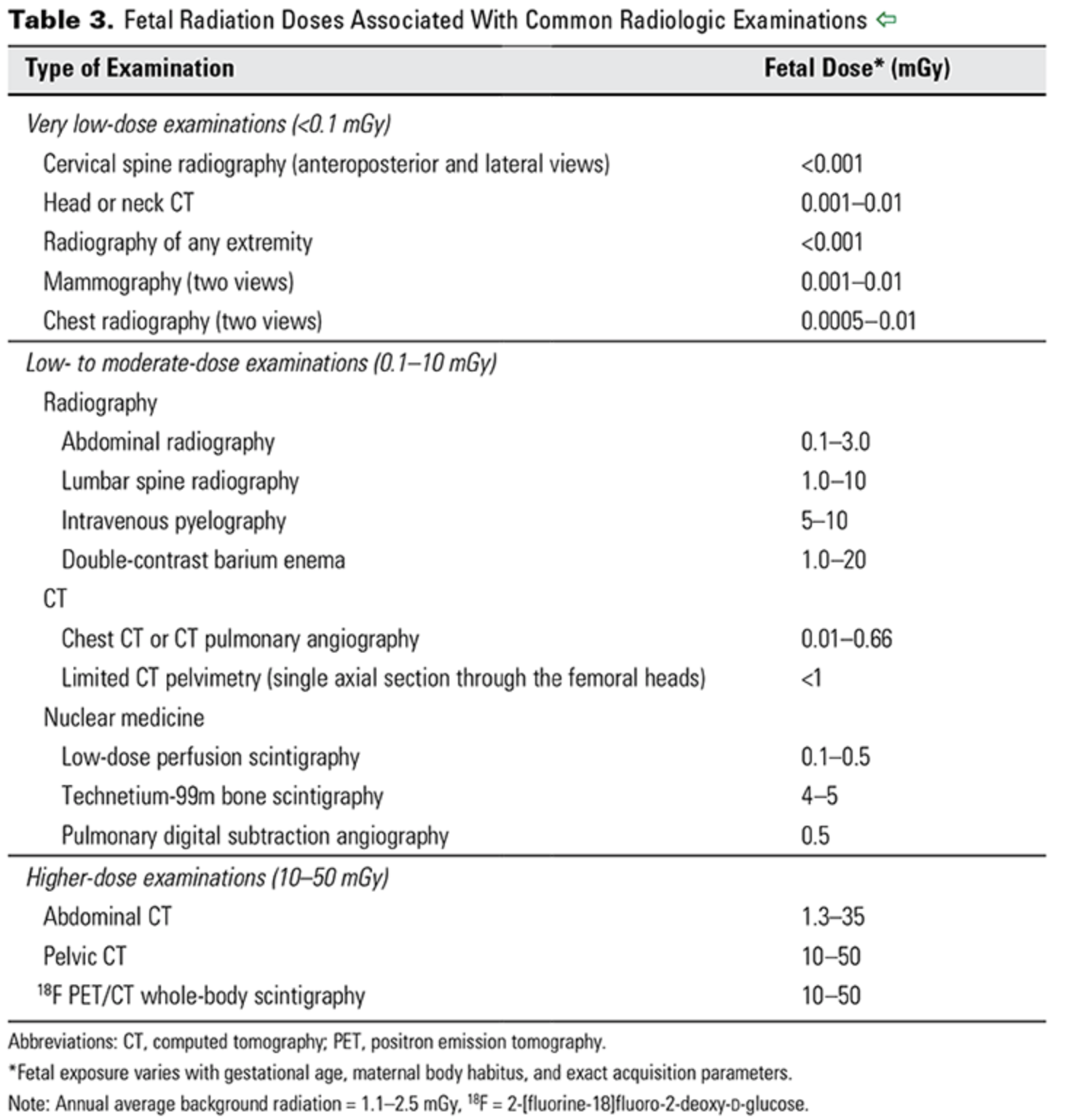Adnexal Masses Part IV: Sex Cord Stromal Tumors
/Thanks for sticking with us until the end of this adnexal mass journey! Today we’re going to cover some rare tumors that always find themselves on CREOGs — the sex cord stromal tumors. These only comprise about 1.2% of primary ovarian cancers. Most people are fortunately diagnosed at an early stage due to the fact that symptoms tend to be much more overt with these types of tumors.
Granulosa Cell Tumors
There are two subtypes of granulosa cell tumors: adult and juvenile. Adult type comprises 95% of these neoplasms, and generally occur in women aged 50-54 years. Juvenile type typically develops before puberty. It has a higher proliferative rate, but lower risk for late recurrences. Regardless of type, these typically present as a large, unilateral mass clinically, with a mean diameter of 12cm. They can produce estrogen and/or progesterone, so symptoms can be related to hyperestrogenism particularly in juveniles (i.e., precocious puberty). The production of estrogen in adult types is also associated with concomitant endometrial hyperplasia or cancer; with EIN present in 25-50%, and endometrial carcinoma present in 5-10% of patients. Thus, it is important to perform endometrial sampling when one of these tumors is suspected or diagnosed.
The histopathology is classic: “Call-Exner bodies", where the pale, round, coffee-bean shaped nuclei characteristic of granulosa cells arrange themselves into rosettes around a central cavity.
Thecomas
Thecomas are solid, fibromatous, generally benign neoplasms. They are generally unilateral, and are comprised of theca cells. The theca cells appear in normal ovulation as follicles develop into secondary follicles, and under the influence of LH produce androgens. After ovulation, theca cells also help to form the corpus luteum with granulosa cells.
Because of this high production of androgen that will be converted, endometrial hyperplasia or cancer can also be found in these patients, and it is wise to perform endometrial sampling for that reason. Up to 20% of patients may have synchronous endometrial cancer.
Fibromas
These are the most common type of sex cord stromal tumor. They are benign, solid, unilateral neoplasms, generally occurring in postmenopausal women, and are not hormonally active. However these can be implicated in Meigs’ syndrome, where the tumor is associated with extensive ascites or a pleural effusion.
Sertoli / Leydig Cell Tumors
These two are the rarest of the sex cord stromal tumors, accounting for less than 0.5% of these. The histopathology of the hollow tubules (Sertoli) surrounded by fibrous stroma (Leydig) is classic. These will often produce androgens and be associated with virilizing symptoms. They also are unilateral and are often associated with large masses, with a mean size of 16cm at presentation. AFP is often another marker.


